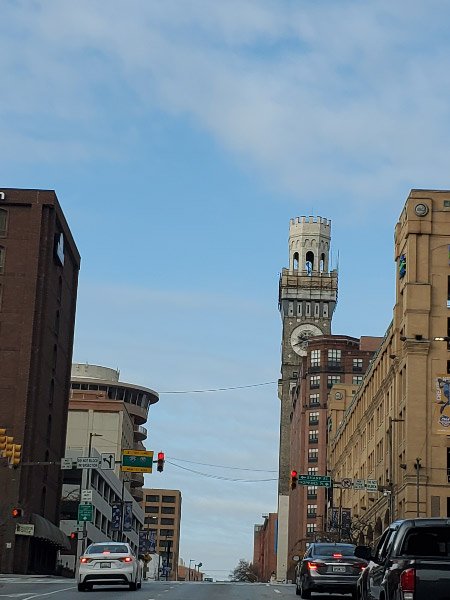Gleanings of the Week Ending November 23, 2024
/The items below were ‘the cream’ of the articles and websites I found this past week. Click on the light green text to look at the article.
How a Soviet swamp rat scheme for Azerbaijan went horribly wrong – Nutria introduced in the 1930s…..destroying every wetland in Azerbaijan today.
Light Pollution May Be Keeping Honey Bees Up at Night - On hot nights honey bees will sleep outside and slept less/more fitfully if there is artificial light…which could undermine the health of the colony.
The next massive volcano eruption will cause climate chaos — and we are unprepared – The history of large eruptions and what we can determine about the aftermath…though provoking on what it would be like if a massive eruption happened in the modern world.
Carbon recycling instead of plastic trash – Using iron electrocatalysis and producing green hydrogen as a biproduct…can be powered by solar panels. I hope this can be commercialized near term. We are overwhelming our world with plastic trash!
CT Scans Unlock Secrets of Mummified Individuals at Field Museum – Respect for the ancient dead…but still studying their bodies.
How do countries measure immigration, and how accurate is this data? - Three types of migrants who don’t have a legal immigration status. First, those who cross borders without the right legal permissions. Second, those who enter a country legally but stay after their visa or permission expires. Third, some migrants have legal permission to stay but work in violation of employment restrictions. Most high-income nations have a small minority of irregular immigrants in their immigrant population; the exception is the United States which estimates 22% of their immigrants are irregular.
Riding The Rails on Amtrak's Cardinal Line Through New River Gorge – Maybe a relaxing way to see the National Park and Preserve…thinking about next fall.
Mother Tiger Teaching Cub How to Fight Wins Nature’s Best Photo Awards – Great pictures….but Patricia Homonylo’s video is the most thought provoking….the one that is a call to action.
Geologists rewrite textbooks with new insights from the bottom of the Grand Canyon - From the Tonto Group's 500-meter-thick strata, we're learning about sea-level rise and the effects of catastrophic tropical storms -- probably more powerful than today's devastating hurricanes -- during a period of very hot temperatures when the Earth was ice-free.
Quantifying How Urban Trees Cool Cities - The authors of a new study estimate that the city of Baltimore could reduce land surface temperatures by 0.23°C if they increased tree canopy by 1%. To achieve 1.5°C of cooling, they would need to increase tree canopy cover by 6.39%.


























